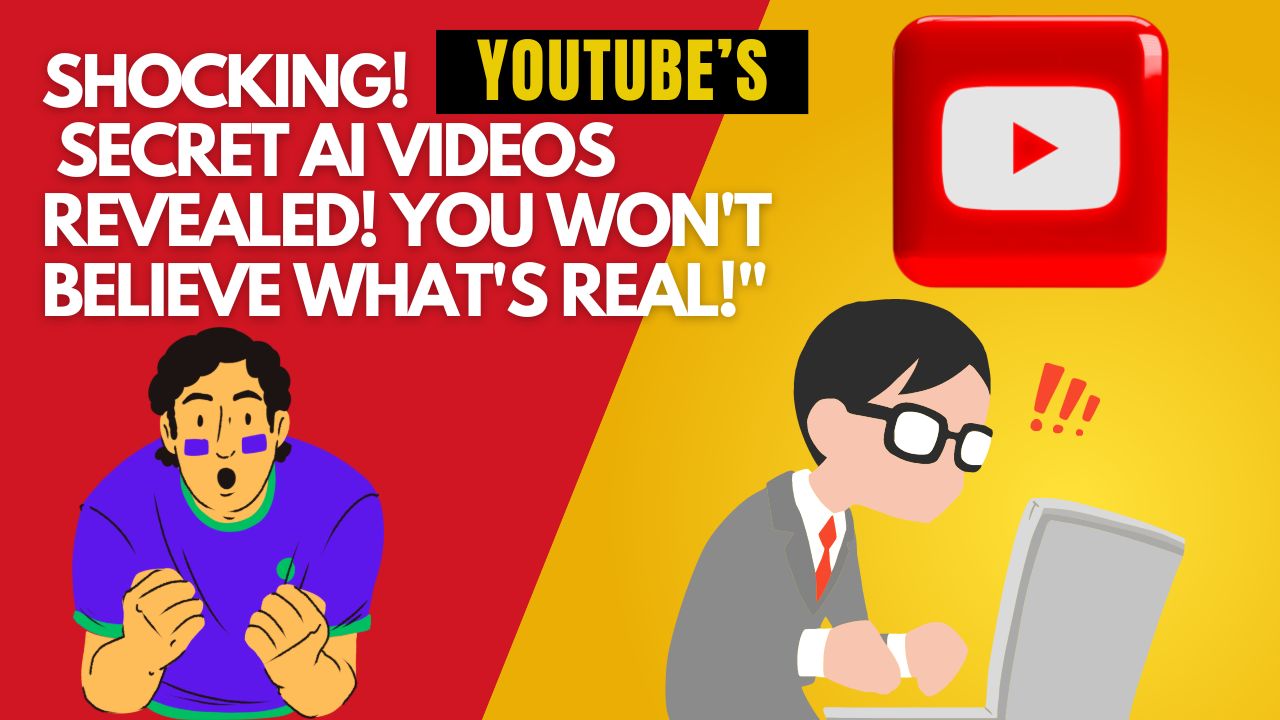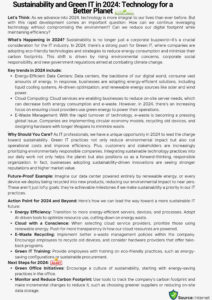YouTube’s New Guidelines Require Labelling AI-Generated Videos

Introduction:
YouTube, the world’s largest video-sharing platform, is taking a significant step in addressing the growing concern over synthetic media by introducing new rules mandating the labelling of AI-generated videos. This move aims to enhance transparency and accountability, ensuring viewers are aware when they’re watching content created using altered or synthetic means. With the rise of deepfake technology and other AI-driven tools, distinguishing between authentic and manipulated content has become increasingly challenging. Let’s delve deeper into YouTube’s latest guidelines and their implications.
Understanding the Issue:
The proliferation of AI-powered tools has democratized content creation, enabling users to generate highly realistic videos that can deceive viewers. From deepfake videos altering faces and voices to generative AI crafting entirely fabricated scenes, the potential for misinformation and manipulation is evident. Such content poses significant risks, from spreading false narratives to damaging reputations and inciting unrest.
YouTube’s Response:
In response to these challenges, YouTube has announced a policy requiring users to disclose when their videos are generated using AI or other synthetic media technologies. This mandate applies to any content that appears realistic but has been created or significantly altered by AI algorithms. By implementing this rule, YouTube aims to empower users to make informed decisions about the content they consume and mitigate the spread of misleading or harmful videos.
Key Guidelines:
Under YouTube’s new guidelines, creators must clearly label videos that fall under the following categories:
- AI-Generated Content: Videos primarily created using generative AI algorithms or other automated processes to generate visuals and audio.
- Altered Media: Videos that have been edited or manipulated to present individuals or events inaccurately or in a deceptive manner.
- Synthetic Media: Content featuring elements, such as faces, voices, or scenes, that have been digitally generated or synthesized.
Failure to comply with these guidelines may result in penalties, including demonetization, removal of content, or account suspension. YouTube’s enforcement mechanisms will aim to ensure adherence to these rules across the platform.
Implications for Content Creators:
For content creators, especially those utilizing AI-driven tools, YouTube’s new guidelines necessitate increased transparency and accountability. While these technologies offer innovative ways to produce engaging content, creators must prioritize ethical considerations and disclose when AI has been involved in the creation process. Failure to do so not only violates YouTube’s policies but also erodes trust with the audience and undermines the integrity of the platform.
Furthermore, content creators must navigate the nuances of labelling their videos accurately. Determining whether AI played a significant role in content creation can be complex, especially when blending AI-generated elements with traditional production techniques. However, clear and transparent communication with viewers is paramount to uphold the credibility of the content and maintain trust within the YouTube community.
Challenges and Limitations:
Despite YouTube’s proactive stance on addressing synthetic media, challenges remain in effectively identifying and labelling AI-generated content. The rapid evolution of AI algorithms makes it increasingly difficult to detect manipulated videos accurately. Moreover, distinguishing between benign and malicious uses of synthetic media poses additional challenges for content moderation.
Furthermore, the burden of compliance falls on content creators, who may lack the technical expertise or resources to accurately label their videos. YouTube must provide adequate support and resources to assist creators in understanding and implementing the new guidelines effectively.
Conclusion:
YouTube’s decision to mandate the labelling of AI-generated videos represents a significant step forward in combating the spread of misinformation and deceptive content on the platform. By promoting transparency and accountability, YouTube aims to empower users to make informed decisions about the content they consume. However, the effectiveness of these guidelines depends on robust enforcement mechanisms and collaboration between YouTube, content creators, and technology experts. As synthetic media continues to evolve, ongoing vigilance and adaptation will be crucial in maintaining the integrity of online content ecosystems.






